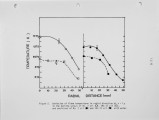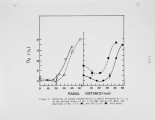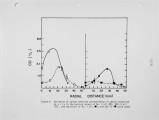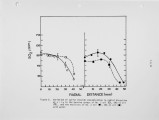| Title |
An Experimental Study of the Burning Spray of an Unstabilized Synthetic Oil Water Emulsion |
| Creator |
Gollahalli, S. R.; Siddiqui, N. |
| Publisher |
University of Utah |
| Date |
1984 |
| Spatial Coverage |
Tulsa, Oklahoma |
| Abstract |
A comparative study of the temperature and composition characteristics of the burning twin fluid atomized sprays of a petroleum based fuel (No. 2 oil), a coal derived fuel (SRC-II), and their unstabilized emulsions with water is described. The flame temperature and the concentrations of CO, NO, 0«, and S0? have been measured and their radial profiles are presented. The results show: (a) the oxygen utilization was lower in the SRC-II oil flame than in the No. 2 oil flame; (b) the concentration of CO was lower and NO higher in the SRC-II oil flame than those in the No. 2 oil flame; and (c) the S0? concentrations were approximately the same in both. The emulsification of both SRC-II and No. 2 oil with water decreased CO concentrations in their flames. However, the emulsification increased S0? and NO concentrations only in the No. 2 oil flame and did not change them significantly in the SRC-II oil flame. |
| Type |
Text |
| Format |
application/pdf |
| Language |
eng |
| Rights |
This material may be protected by copyright. Permission required for use in any form. For further information please contact the American Flame Research Committee. |
| Conversion Specifications |
Original scanned with Canon EOS-1Ds Mark II, 16.7 megapixel digital camera and saved as 400 ppi uncompressed TIFF, 16 bit depth. |
| Scanning Technician |
Cliodhna Davis |
| ARK |
ark:/87278/s6fn18rn |
| Setname |
uu_afrc |
| ID |
1511 |
| Reference URL |
https://collections.lib.utah.edu/ark:/87278/s6fn18rn |

























